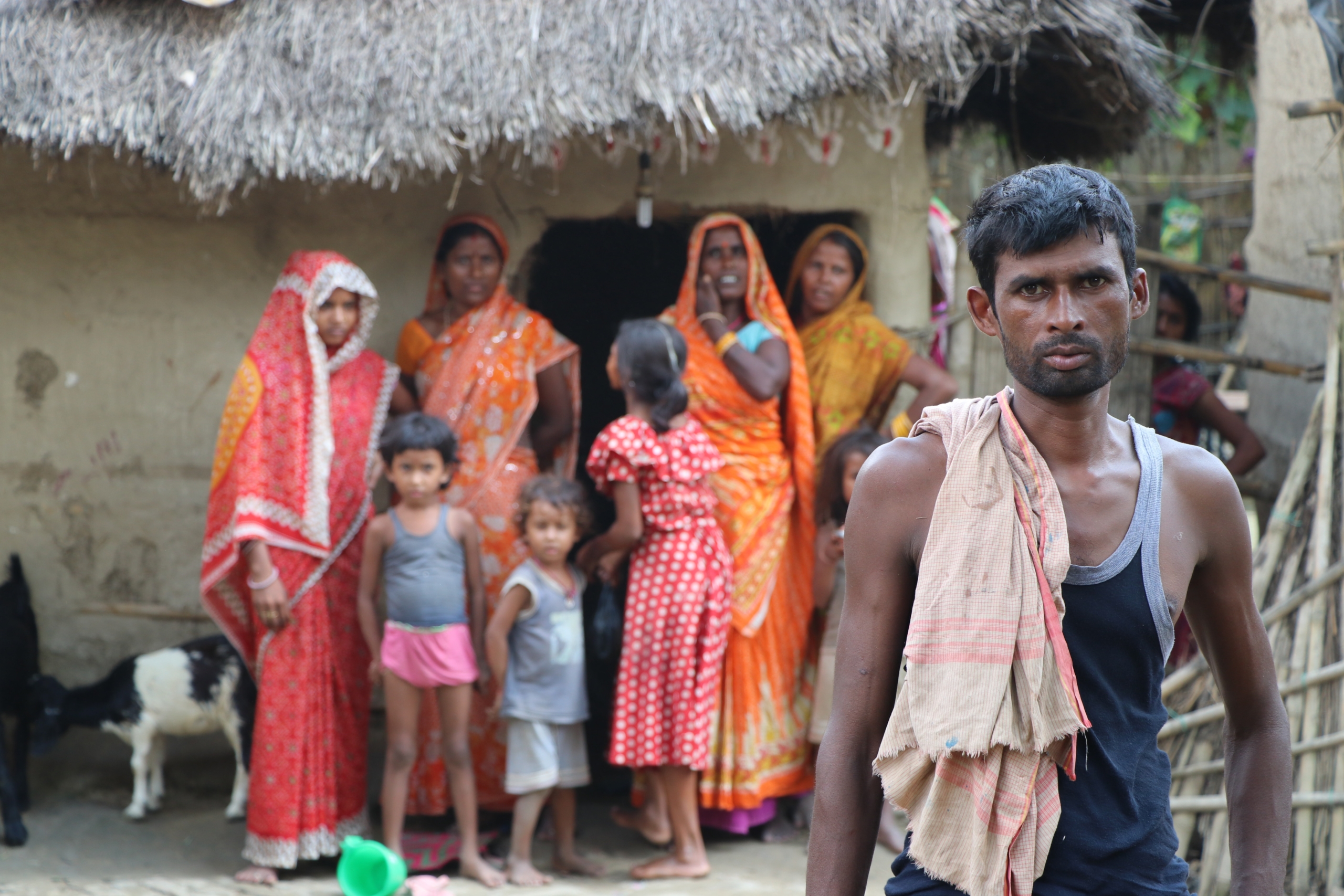 As of May 2023, 15.1% of Nepal’s population continues to live below the poverty line — less than $1.90 a day. In 2014, this number stood at 30.1%. Despite these drastic improvements, Nepal’s poorest continue to face significant challenges, as levels of malnutrition and air pollution remain critically high, and standards of water, sanitation and hygiene (WASH) remain critically low. As a result, communicable, maternal, neonation and nutritional (CMNN) diseases alone continue to cause 21% of deaths in Nepal, despite being largely preventable. Listed below are some of the most prominent diseases in Nepal.
As of May 2023, 15.1% of Nepal’s population continues to live below the poverty line — less than $1.90 a day. In 2014, this number stood at 30.1%. Despite these drastic improvements, Nepal’s poorest continue to face significant challenges, as levels of malnutrition and air pollution remain critically high, and standards of water, sanitation and hygiene (WASH) remain critically low. As a result, communicable, maternal, neonation and nutritional (CMNN) diseases alone continue to cause 21% of deaths in Nepal, despite being largely preventable. Listed below are some of the most prominent diseases in Nepal.
Top 7 Diseases in Nepal
- Cardiovascular Disease (CVD) – Cardiovascular diseases (CVDs), such as coronary heart disease and strokes, are the leading cause of death in Nepal, with 24% of total deaths being attributed to CVDs alone in 2019. Cardiovascular disease is the general term for conditions that affect the heart or blood vessels. CVDs are the leading cause of death globally.
- Malaria – Malaria poses a “serious and persistent threat to public health” in much of Southeast Asia, according to the World Health Organization, and it is the region with the second-highest estimated malaria burden globally. While Malaria remains the second-highest leading cause of death in Nepal, between 2015 and 2021, the country has seen a more than 40% reduction in the number of cases recorded, a global target set by the World Health Organization (WHO). The mortality rate from malaria has also decreased drastically between 2009 and 2019, a decrease of almost 82 deaths per 100,000 cases.
- Diarrheal Disease – Often caused by bacteria, diarrheal diseases are particularly common in countries such as Nepal, where there are poor water, sanitation and hygiene standards (also known as WASH) for the majority of the population. While numbers are improving, diarrheal diseases remain the third highest cause of death and remain one of the most prominent diseases in Nepal.
- Lower Respiratory Infection – Often used as a synonym for pneumonia, lower respiratory infections are any infections in the lungs or below the voice box. Largely a result of poor levels of WASH and dangerous levels of air pollution in the country’s capital, Kathmandu, currently standing at 4.9 times higher than recommended by WHO, lower respiratory infections are one of the top diseases in Nepal.
- HIV/AIDS – Around 30,000 people in Nepal live with HIV (Human Immunodeficiency Virus). If left untreated, HIV can develop into AIDS (Acquired Immunodeficiency Syndrome), which is often fatal. Since February 2017, the United Nations’ Test and Treat Strategy has aimed to prevent the spread and to administer treatment of HIV and AIDS, with highly positive results. More work, however, needs to be done to ensure the Test and Treat Strategy can be administered effectively and reaches Nepal’s most vulnerable, to ensure that one day it no longer ranks as one of Nepal’s most prominent diseases and leading causes of death.
- Tuberculosis (TB) – A serious bacterial infection of the lungs, the prevalence of tuberculosis in Nepal has been on the rise since 2018. Around 117,000 people in Nepal have been diagnosed with TB, and an estimated 69,000 of these developed TB in 2018 alone. WHO surveys estimate that around 40% of people who present with symptoms of tuberculosis do not seek treatment. Malnutrition is one of the main factors leading to the contraction of TB.
- Meningitis – A bacterial infection of the lining around the brain and the spinal cord, meningitis is particularly prevalent among Nepal’s youth. 83% of the cases occur among those under 25 years of age, while the highest age-specific attack rate is children under 1 year of age. With a lack of access to public health care services among Nepal’s poorest, the case fatality rate for meningitis in Nepal stands at 11%, making it one of Nepal’s deadliest diseases.
Conclusion
For each of Nepal’s most prevalent diseases, their fatality levels have decreased substantially over the last 15 years. This is in large part due to the work of NGOs and nonprofit organizations such as USAID and WHO helping to improve levels of malnutrition and standards of WASH. USAID is currently working with the Government of Nepal to improve the country’s public health services, providing critical care to Nepal’s poorest and most vulnerable. Yet communicable and preventable diseases in Nepal continue to be a leading cause of death, and more work needs to be done to ensure these numbers continue to improve.
– Eleanor Lomas
Photo: Unsplash
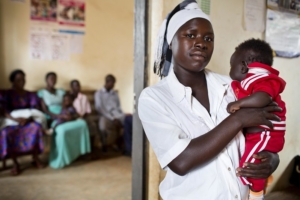 For Uganda, a country in East Africa, health is a major concern. Uganda’s population of 47 million has always been heavily impacted by illness and disease, with communicable diseases accounting for over 50% of deaths in the country. Malaria, tuberculosis (TB) and HIV/AIDS are three of the top diseases impacting Uganda and are among the leading causes of death.
For Uganda, a country in East Africa, health is a major concern. Uganda’s population of 47 million has always been heavily impacted by illness and disease, with communicable diseases accounting for over 50% of deaths in the country. Malaria, tuberculosis (TB) and HIV/AIDS are three of the top diseases impacting Uganda and are among the leading causes of death. 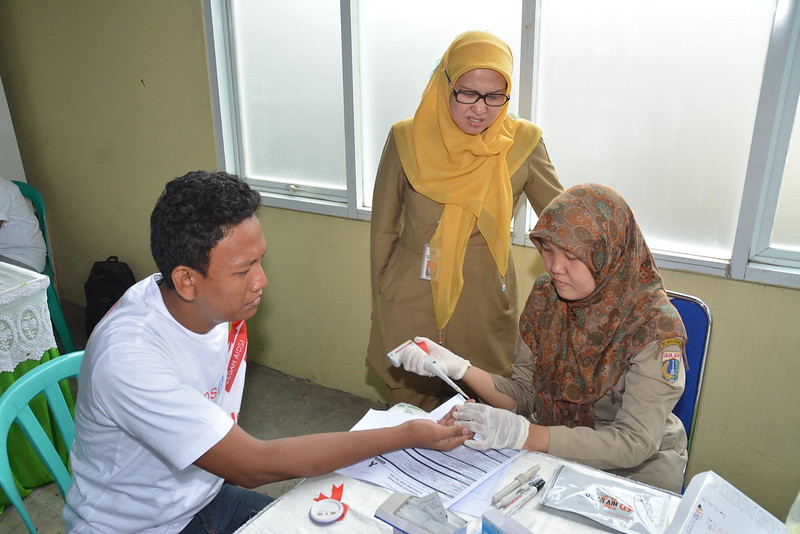
 It has been more than a decade since the start of Greece’s government-debt crisis in 2009. Although the Greek financial crisis received global coverage, the effect that it had on the number of people living with HIV/AIDS in Greece is less known.
It has been more than a decade since the start of Greece’s government-debt crisis in 2009. Although the Greek financial crisis received global coverage, the effect that it had on the number of people living with HIV/AIDS in Greece is less known. According to a study by BMC Infectious Diseases,
According to a study by BMC Infectious Diseases, 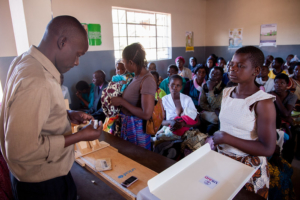 While it remains in the top 10 countries with the highest HIV rates, there is a significant reduction in the rates of HIV/AIDS in Malawi. This plummet,
While it remains in the top 10 countries with the highest HIV rates, there is a significant reduction in the rates of HIV/AIDS in Malawi. This plummet,  In the last decade, Thailand has made significant efforts to reduce HIV/AIDS transmission and deaths, resulting in a dramatic decrease in one of the world’s most stigmatized diseases and an effective model for other countries to follow.
In the last decade, Thailand has made significant efforts to reduce HIV/AIDS transmission and deaths, resulting in a dramatic decrease in one of the world’s most stigmatized diseases and an effective model for other countries to follow.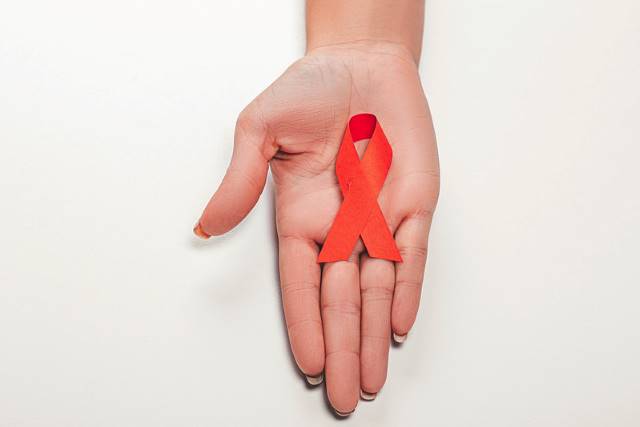 Amid a global pandemic, Russia is fighting a medical war on two fronts; as Russia deals with the spread of COVID-19, Russia’s AIDS epidemic is worsening. As the HIV infection rate continues to decline in the rest of Europe, the transmission rate of HIV in Russia has been
Amid a global pandemic, Russia is fighting a medical war on two fronts; as Russia deals with the spread of COVID-19, Russia’s AIDS epidemic is worsening. As the HIV infection rate continues to decline in the rest of Europe, the transmission rate of HIV in Russia has been A new, injectable antiretroviral drug, cabotegravir (CAB LA), may have significant potential for preventing HIV among sub-Saharan African women. In November 2020, the World Health Organization (WHO)
A new, injectable antiretroviral drug, cabotegravir (CAB LA), may have significant potential for preventing HIV among sub-Saharan African women. In November 2020, the World Health Organization (WHO) 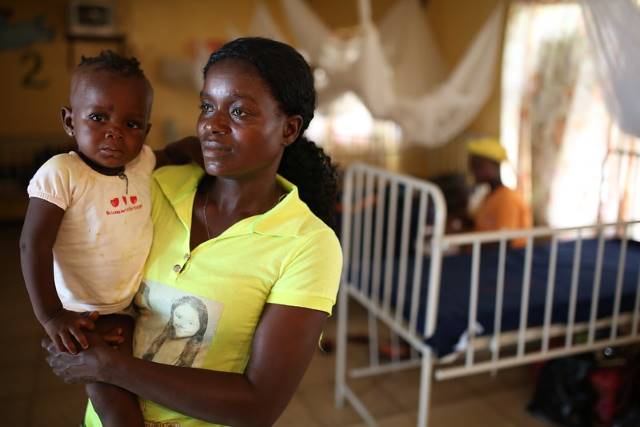 COVID-19 has understandably been the main focus around the world. In developed countries, many are new to health epidemics and the disruptions caused by them. But, in some parts of the world, widespread disease is not new at all and COVID-19 is not the only health concern. There are several other global health concerns during COVID-19. Some seem obvious, like malaria or HIV/AIDS. But, some have made less news, like a toxic goldmine in Ethiopia. These health crises also require assistance and aid from the international community.
COVID-19 has understandably been the main focus around the world. In developed countries, many are new to health epidemics and the disruptions caused by them. But, in some parts of the world, widespread disease is not new at all and COVID-19 is not the only health concern. There are several other global health concerns during COVID-19. Some seem obvious, like malaria or HIV/AIDS. But, some have made less news, like a toxic goldmine in Ethiopia. These health crises also require assistance and aid from the international community.